Rome Travel Guide
Travelling to Rome is always an exciting experience. With its vibrant and historic atmosphere, there is something for everyone in this bustling city. Whether it’s sightseeing the monuments from the days of Ancient Rome, taking a leisurely stroll along the Tiber river or sampling some of the delicious cuisine, getting lost in its winding streets is the best way to truly capture the spirit of the Eternal City.
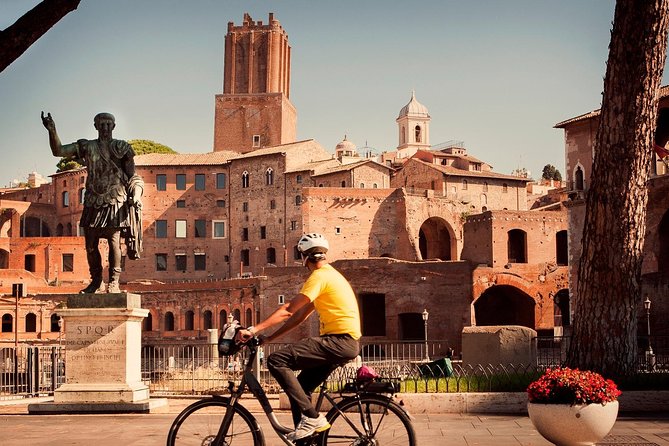

Rome, also known as the “Eternal City,” is the capital of Italy and one of the most popular tourist destinations in the world. With a history spanning over 2,500 years, Rome is filled with ancient ruins, stunning art and architecture, delicious food, and vibrant culture. Rome is famous for its delicious food, from traditional pasta dishes to mouth-watering gelato. There are plenty of reasons to travel to Rome. From the ancient ruins and architectural wonders like the Colosseum, Pantheon and Trevi fountain, you’re sure to find something captivating in this city. You can also explore its beautiful art galleries, take a tour of its famous vineyards or sample some of the delicious culinary delights from around the city. Additionally, if you’re looking for an adventure-filled getaway, then there are plenty of outdoor activities such as abseiling, canoeing or hiking in the hills surrounding Rome.
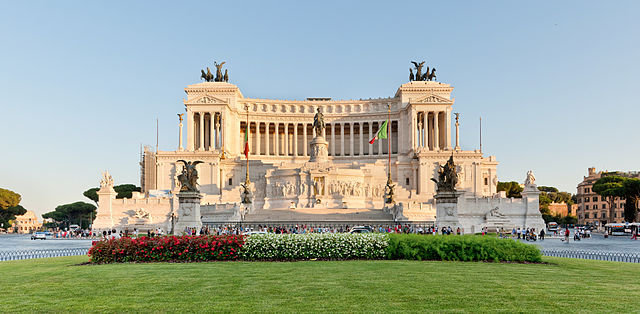
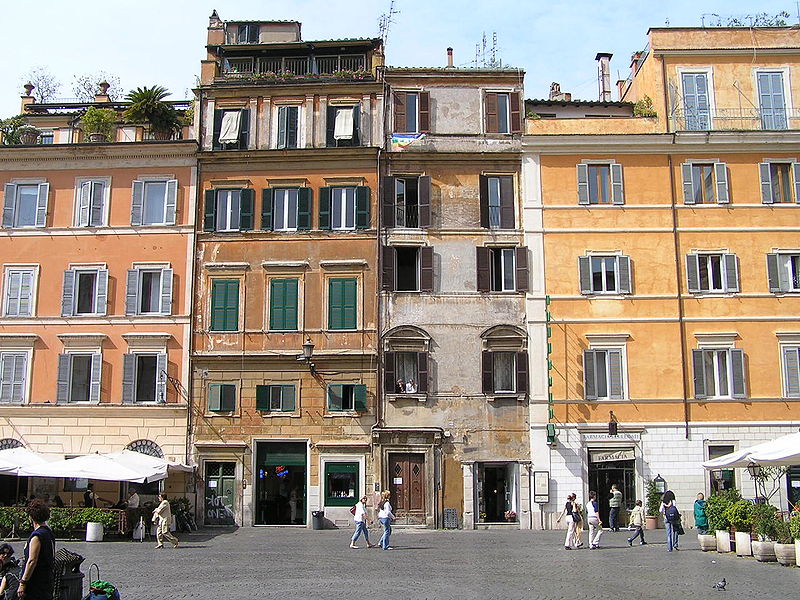
when is the best time to go to Rome
The best time to visit Rome depends on your personal preferences and what you plan to do while you’re there. Here are some factors to consider:
Weather: The weather in Rome can be quite hot and humid during the summer months, with temperatures often reaching over 30°C (86°F). If you prefer cooler temperatures, then the best time to visit is in the spring (April to June) or fall (September to November) when temperatures are milder and more comfortable for outdoor activities.
Crowds: Rome is a popular tourist destination, and it can get very crowded during peak season, which is typically from June to August. If you want to avoid the crowds, then consider visiting during the off-season (November to March), when there are fewer tourists and shorter lines at popular attractions.
Events and Festivals: Rome hosts several festivals and events throughout the year, such as the Festa di Roma (New Year’s Eve celebration) in December, the Rome Marathon in April, and the Rome Film Fest in October. If you’re interested in attending any of these events, then plan your trip accordingly.
Budget: The cost of travel and accommodations in Rome can vary depending on the time of year. Prices tend to be higher during peak season, so if you’re on a budget, then consider visiting during the off-season when prices are lower.
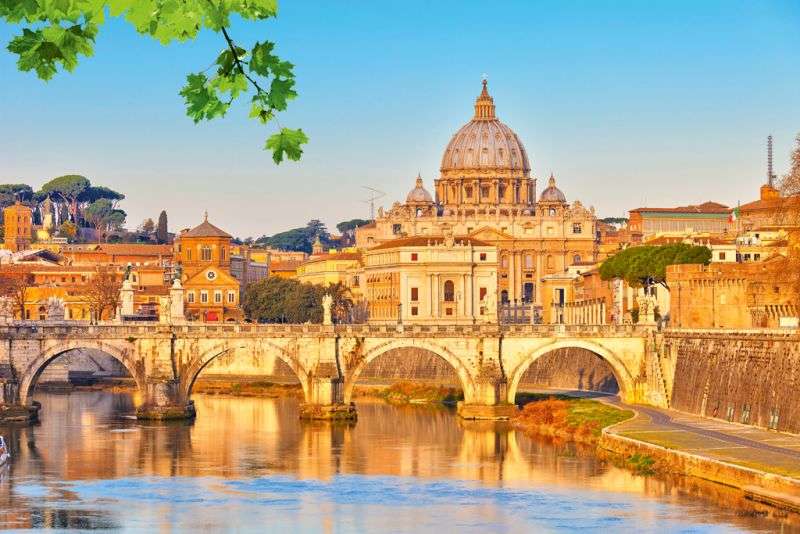
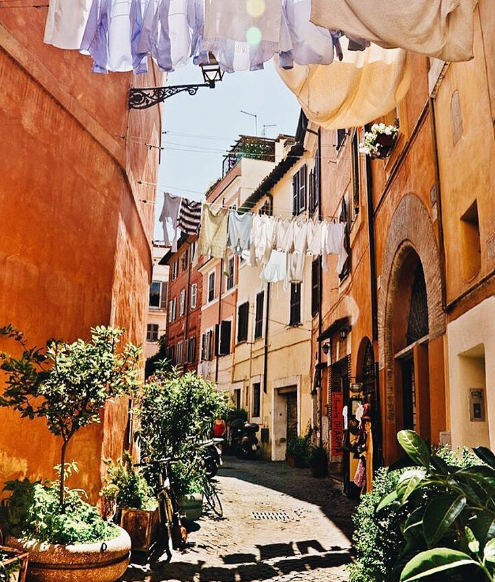
From Fiumicino airport to the city center
There are several transportation options for getting from Fiumicino airport to the city center of Rome. Here are the most popular ones along with their estimated costs:
Train: The Leonardo Express train is a non-stop service that runs between Fiumicino airport and Rome’s Termini station. The journey takes around 30 minutes, and the cost is €14 per person one way.
Bus: There are several bus companies that operate between Fiumicino airport and Rome’s city center, including Terravision and SIT Bus. The journey takes around 45-60 minutes, and the cost is around €6-€8 per person one way.
Taxi: Taxis are readily available at Fiumicino airport, and the journey to the city center takes around 30-45 minutes, depending on traffic. The cost is around €48-€60 for a fixed fare to the city center.
Private Transfer: Private transfer services are also available at Fiumicino airport. These services provide a more comfortable and convenient option, as you’ll be picked up and dropped off at your desired location in Rome. The cost can vary depending on the company and the type of vehicle, but it typically starts from around €50 per person.
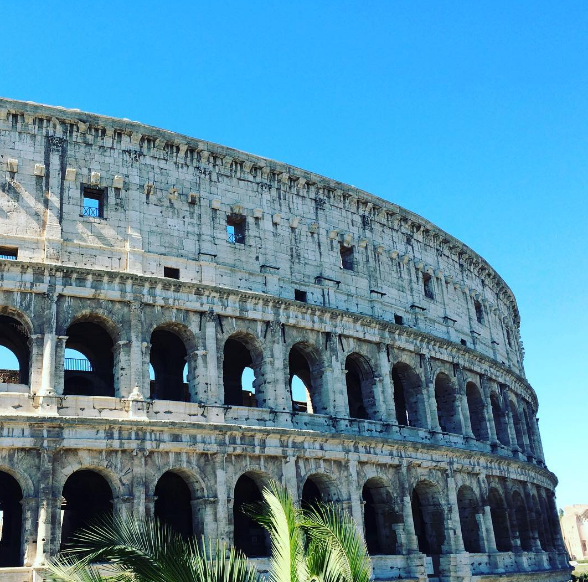

Friom Ciampino airport to the city center
There are several transportation options for getting from Ciampino airport to the city center of Rome. Here are the most popular ones along with their estimated costs:
Bus: The most popular option for getting from Ciampino airport to the city center is by bus. Several bus companies operate between the airport and Rome’s Termini station, including Terravision, SIT Bus, and Cotral. The journey takes around 40-50 minutes, and the cost is around €4-€6 per person one way.
Taxi: Taxis are readily available at Ciampino airport, and the journey to the city center takes around 30-40 minutes, depending on traffic. The cost is around €30-€50, depending on your destination in Rome.
Train: There is no direct train service from Ciampino airport to the city center of Rome. However, you can take a shuttle bus from the airport to the nearby Ciampino train station and then take a train to Rome’s Termini station. The journey takes around 60-90 minutes, and the cost is around €2 for the shuttle bus and €1.50-€3.90 for the train, depending on the type of train.
Private Transfer: Private transfer services are also available at Ciampino airport. These services provide a more comfortable and convenient option, as you’ll be picked up and dropped off at your desired location in Rome. The cost can vary depending on the company and the type of vehicle, but it typically starts from around €50 per person.

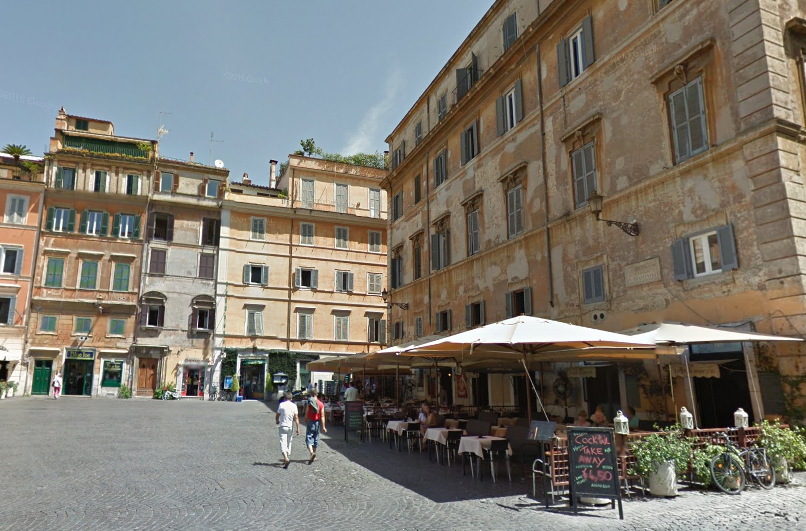
The best ways to get around Rome
Rome is a large city with a lot to see and do, but fortunately, there are several ways to get around and explore the city. Here are the best ways to get around Rome:
Metro: Rome has two metro lines (A and B) that run throughout the city and connect many of the major attractions. The metro is fast, reliable, and affordable, with tickets costing around €1.50 for a single ride.
Bus: Rome has an extensive bus network that covers the entire city. Buses are a great way to get around and see more of the city, and they’re also affordable, with tickets costing around €1.50 for a single ride. Be aware that traffic in Rome can be heavy, so buses may take longer to reach their destination during peak hours.
Tram: Rome has six tram lines that run throughout the city, with stops near many of the major attractions. Trams are a great way to get around and see more of the city, and they’re also affordable, with tickets costing around €1.50 for a single ride.
Walking: Rome is a beautiful city to explore on foot, with many of the major attractions located within walking distance of each other. Walking is a great way to see more of the city and discover hidden gems that you may miss if you’re traveling by car or public transportation.
Bike: Rome has a growing bike-sharing system that allows you to rent a bike from one of the many bike stations throughout the city. Biking is a great way to see more of the city and get some exercise at the same time. Just be aware that Rome’s streets can be busy and chaotic, so biking may not be for everyone.
Taxi: Taxis are readily available in Rome, and they’re a convenient way to get around if you’re short on time or have a lot of luggage. However, taxis can be expensive, especially during peak hours or late at night, so be sure to agree on a price with the driver before getting in the car.


The neighbourhoods in Rome and their points of interests
Here’s a presentation of some of the main neighborhoods in Rome along with some of their key points of interest:
Centro Storico:
Centro Storico, or the historic center, is the heart of Rome and home to many of the city’s most iconic attractions, including the Colosseum, the Roman Forum, the Pantheon, and the Trevi Fountain. The neighborhood is also home to some of Rome’s best restaurants, cafes, and shops. Walking through the narrow streets of Centro Storico is a great way to experience the city’s rich history and culture.
Trastevere:
Trastevere is a charming and picturesque neighborhood located on the west bank of the Tiber River. It’s known for its narrow cobbled streets, colorful buildings, and lively nightlife scene. Some of the key attractions in Trastevere include the Basilica of Santa Maria in Trastevere, the Piazza di Santa Maria, and the Gianicolo Hill, which offers stunning views of the city.
Monti:
Monti is a trendy and bohemian neighborhood located near the Colosseum. It’s known for its artisan shops, vintage boutiques, and trendy restaurants and bars. Some of the key attractions in Monti include the Basilica di Santa Maria Maggiore, the Colosseum, and the Roman Forum.
Vatican City:
Vatican City is the smallest independent state in the world and the headquarters of the Roman Catholic Church. It’s home to some of Rome’s most famous attractions, including St. Peter’s Basilica, the Sistine Chapel, and the Vatican Museums. The neighborhood is also home to some great restaurants and cafes, as well as the famous Vatican Gardens.
Testaccio:
Testaccio is a working-class neighborhood that’s known for its excellent food scene. It’s home to the Testaccio Market, where you can sample some of Rome’s best street food, as well as a number of excellent restaurants and cafes. The neighborhood is also home to the Protestant Cemetery, where many famous writers and artists are buried.
Pigneto:
Pigneto is a trendy and up-and-coming neighborhood located in the east of Rome. It’s known for its hipster vibe, street art, and alternative nightlife scene. Some of the key attractions in Pigneto include the Porta Maggiore, the Cimitero del Verano, and the Villa Torlonia.
San Lorenzo:
San Lorenzo is a vibrant and eclectic neighborhood located near Rome’s main train station. It’s known for its student population, street art, and laid-back vibe. Some of the key attractions in San Lorenzo include the Basilica di San Lorenzo Fuori le Mura, the University of Rome La Sapienza, and the Mercato Centrale, a bustling food market.
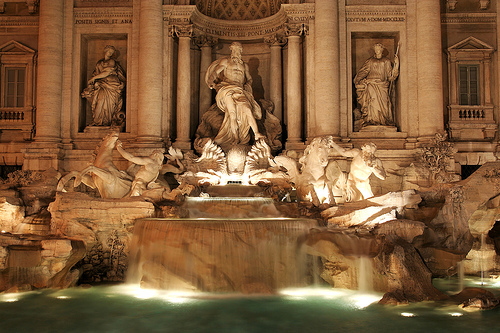

Fun things to do Rome
Rome is a city full of history, culture, and beauty, and there’s no shortage of fun things to do during your visit. Here are some of the top activities and attractions that are sure to make your time in Rome unforgettable:
Explore Ancient Rome:
Rome is home to some of the most impressive ancient ruins in the world, and exploring these historic sites is a must-do activity. Visit the Colosseum, the Roman Forum, and the Pantheon to get a glimpse into the city’s rich past.
Visit the Vatican:
The Vatican is a must-visit destination for anyone traveling to Rome. Take a tour of St. Peter’s Basilica, the Sistine Chapel, and the Vatican Museums to see some of the world’s most famous art and architecture.
Wander Through the Streets of Trastevere:
Trastevere is a charming and picturesque neighborhood located on the west bank of the Tiber River. Wander through its narrow cobbled streets, explore its colorful buildings, and soak up the lively atmosphere of this vibrant area.
Sample Delicious Italian Cuisine:
Rome is known for its delicious food, and there’s no shortage of amazing restaurants and cafes to choose from. Try some traditional Roman dishes like carbonara, cacio e pepe, and supplì, or indulge in some mouth-watering gelato.
Take a Walk Through Villa Borghese:
Villa Borghese is a beautiful park located in the heart of Rome. Take a leisurely walk through its gardens, visit the Borghese Gallery to see some amazing artwork, and take in the stunning views of the city.
Marvel at the Trevi Fountain:
The Trevi Fountain is one of Rome’s most iconic landmarks and a must-see attraction during your visit. Throw a coin into the fountain to ensure your return to Rome, and take in the beauty of this stunning Baroque masterpiece.
Shop at the Markets:
Rome is home to some amazing markets, where you can shop for everything from fresh produce to vintage clothing. Visit the Campo de’ Fiori Market to stock up on local specialties, or check out the Porta Portese Flea Market for some unique finds.
Enjoy the Nightlife:
Rome has a vibrant nightlife scene, with plenty of bars, clubs, and live music venues to choose from. Head to the Testaccio neighborhood for some alternative nightlife, or explore the bars and cafes in Trastevere for a more laid-back atmosphere.


Top attractions to do in Rome
Rome is a city filled with amazing attractions, from ancient ruins to stunning art and architecture. Here are some of the top attractions to add to your Rome itinerary:
The Colosseum: One of the most iconic landmarks in Rome, the Colosseum is a must-visit attraction. It’s the largest amphitheater ever built and was used for gladiator battles, animal hunts, and other public events.
The Vatican Museums: The Vatican Museums are a treasure trove of art and artifacts, including works by Michelangelo, Raphael, and Leonardo da Vinci. The highlight of the museum is the Sistine Chapel, which features Michelangelo’s famous ceiling fresco.
The Pantheon: The Pantheon is a stunning ancient temple that was built over 2,000 years ago. It’s one of the best-preserved ancient buildings in Rome and features a massive dome with an oculus at the top.
The Roman Forum: The Roman Forum was the center of political and social life in ancient Rome. Today, it’s a sprawling complex of ruins that includes temples, basilicas, and public buildings.
The Trevi Fountain: The Trevi Fountain is one of Rome’s most famous landmarks and a must-see attraction. Legend has it that if you throw a coin into the fountain, you’ll ensure your return to Rome.
The Spanish Steps: The Spanish Steps are a popular spot for visitors and locals alike. The steps climb up a steep hill and lead to a beautiful church at the top.
St. Peter’s Basilica: St. Peter’s Basilica is one of the world’s largest churches and the centerpiece of the Vatican City. It features stunning artwork and architecture, including Michelangelo’s Pieta.
The Borghese Gallery: The Borghese Gallery is a must-visit for art lovers. It features an impressive collection of sculptures and paintings by some of Italy’s most famous artists.
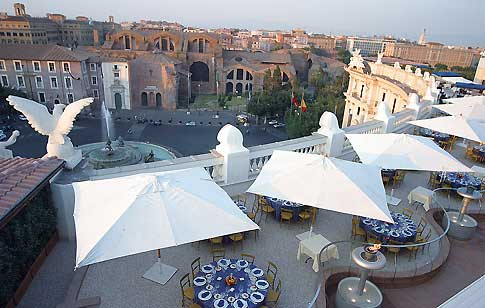
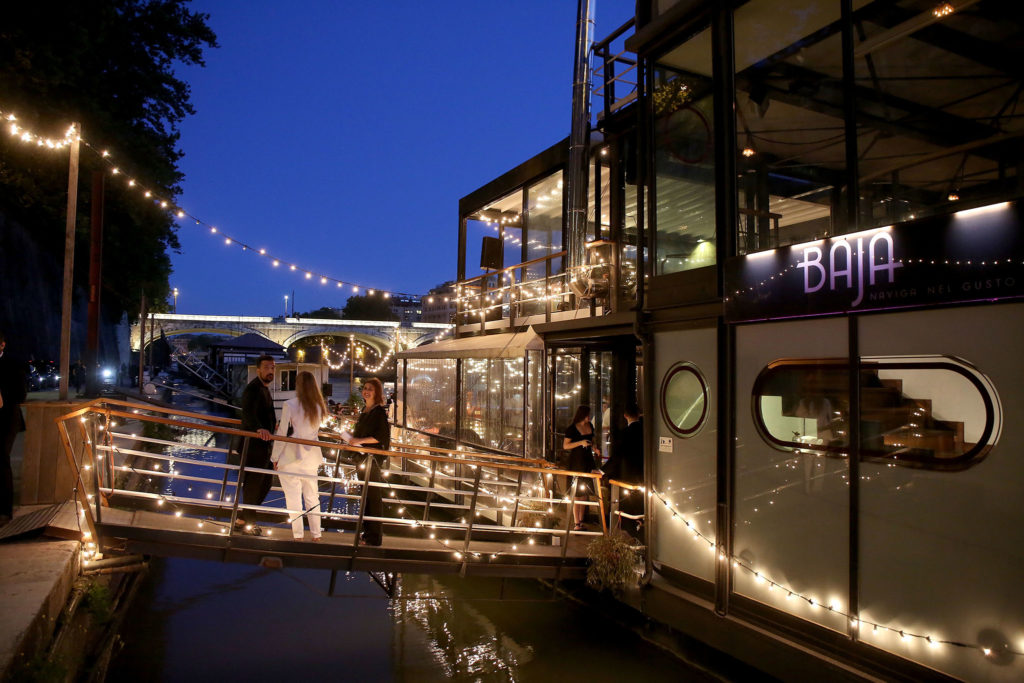
Food in Rome
Traditional dishes of Rome
Rome is famous for its delicious cuisine, which features hearty, flavorful dishes that are perfect for a satisfying meal. Here are some traditional dishes of Rome that you should try during your visit:
Carbonara: This classic pasta dish features spaghetti tossed in a rich and creamy sauce made from eggs, pecorino cheese, and guanciale (cured pork cheek).
Cacio e Pepe: Another classic pasta dish, cacio e pepe features spaghetti or bucatini tossed with a simple yet delicious sauce made from pecorino cheese and black pepper.
Saltimbocca alla Romana: This dish features thin slices of veal that are topped with prosciutto and sage and then cooked in a white wine and butter sauce.
Roman-style pizza: Unlike the thin-crust pizzas of Naples, Roman-style pizza features a thicker crust that’s crispy on the outside and soft on the inside. It’s typically topped with simple ingredients like tomato sauce, mozzarella, and basil.
Supplì: These deep-fried rice balls are filled with tomato sauce, mozzarella, and sometimes ground beef or chicken. They’re a popular street food in Rome and make a great snack or appetizer.
Salt cod (Baccalà): This dish features salted cod that’s been soaked in water to remove the salt, then cooked with garlic, tomato, and olive oil. It’s typically served as a main course with a side of potatoes or vegetables.
Tiramisu: This classic Italian dessert features layers of ladyfingers soaked in espresso and a creamy mascarpone cheese filling, dusted with cocoa powder.
Gelato: No trip to Italy is complete without trying some gelato. Rome is home to some of the best gelato shops in the country, with flavors ranging from classic vanilla and chocolate to more unique options like olive oil and fig.
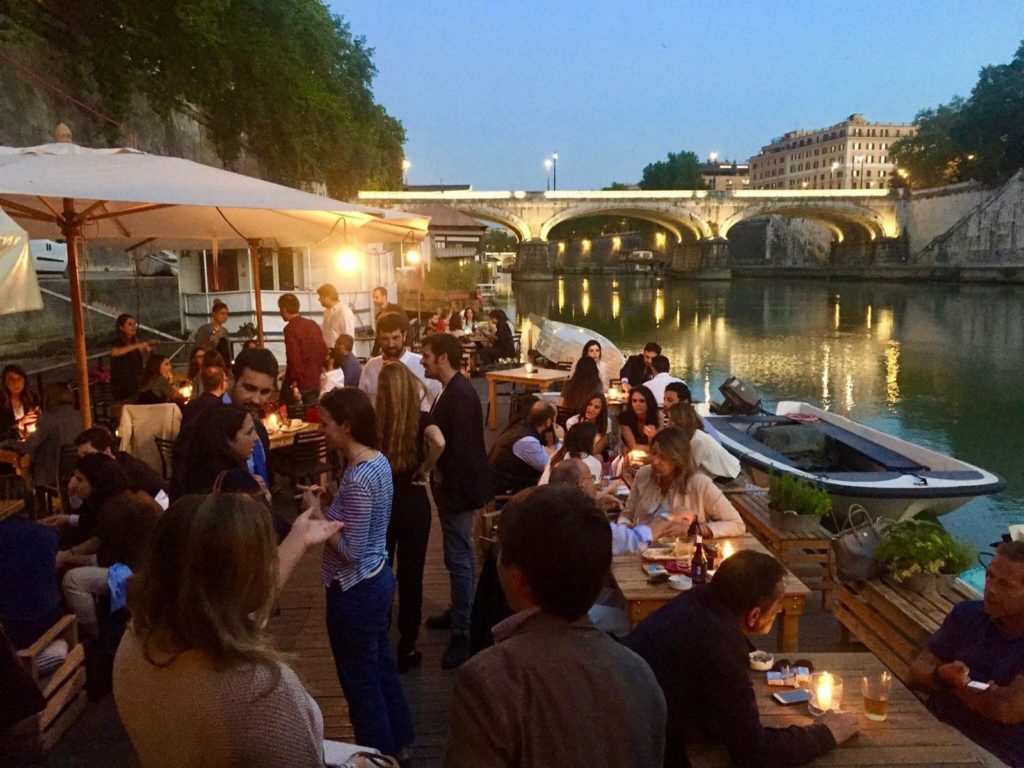
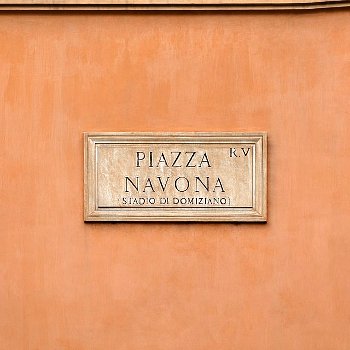
Rome’s iconic restaurants
Rome is home to some of the world’s most famous and iconic restaurants, offering a range of traditional and modern Italian cuisine. Here are some of the most iconic restaurants in Rome that you shouldn’t miss:
La Pergola: Located on the top floor of the Rome Cavalieri Waldorf Astoria Hotel, La Pergola is one of the most luxurious and prestigious restaurants in the city. It boasts three Michelin stars and offers an innovative and creative menu that blends traditional Italian flavors with modern techniques.
Da Enzo al 29: This cozy and charming restaurant is located in the heart of Trastevere and offers some of the best traditional Roman cuisine in the city. Try the classic cacio e pepe, the artichoke alla Romana, or the delicious amatriciana pasta.
Roscioli: This popular restaurant and deli is located near Campo de’ Fiori and is known for its delicious Roman-style pizzas, cured meats, and cheeses. The wine list is extensive, and the staff is knowledgeable and helpful in choosing the perfect pairing for your meal.
Armando al Pantheon: This classic trattoria has been serving traditional Roman cuisine for over 50 years and is located just a stone’s throw from the Pantheon. The menu features classic dishes like amatriciana and saltimbocca alla Romana, and the atmosphere is warm and inviting.
La Tavernaccia da Bruno: This rustic restaurant is located in the Testaccio neighborhood and offers some of the best traditional Roman cuisine in the city. Try the rigatoni alla carbonara or the saltimbocca alla Romana, and be sure to leave room for dessert – the tiramisu is a must-try.
Rosetta: This elegant seafood restaurant is located in the heart of Rome and is known for its fresh and delicious seafood dishes. The menu changes daily depending on the catch of the day, and the wine list features some of Italy’s best wines.


Rome’s best rooftops
Rome is a city with stunning architecture and beautiful views, and what better way to take in the city’s sights than from one of its many rooftops? Here are some of the best rooftops in Rome that offer breathtaking views and a unique perspective on the city:
The Rooftop at Hotel Eden: This luxurious rooftop bar and restaurant is located on the top floor of the Hotel Eden and offers panoramic views of the city. The menu features delicious Italian cuisine, and the cocktails are expertly crafted.
Aroma: This Michelin-starred restaurant is located on the top floor of the Palazzo Manfredi and offers stunning views of the Colosseum. The menu features contemporary Italian cuisine, and the wine list is extensive.
Posh Rooftop Bar: This rooftop bar is located on the top floor of the Hotel Valadier and offers stunning views of the city’s skyline. The menu features a range of cocktails, wines, and beers, and there’s a DJ on weekends.
Terrazza del Pincio: This rooftop terrace is located in the Villa Borghese park and offers breathtaking views of the city. It’s a great spot for a picnic or a romantic sunset walk, and there are several restaurants nearby that offer outdoor seating.
Casina Valadier: This elegant rooftop restaurant is located on the Pincian Hill and offers stunning views of the city. The menu features traditional Italian cuisine, and the atmosphere is sophisticated and romantic.
Hotel Raphael Terrace: This charming rooftop terrace is located on the top floor of the Hotel Raphael and offers beautiful views of the city. The menu features light snacks and drinks, and the atmosphere is relaxed and inviting.
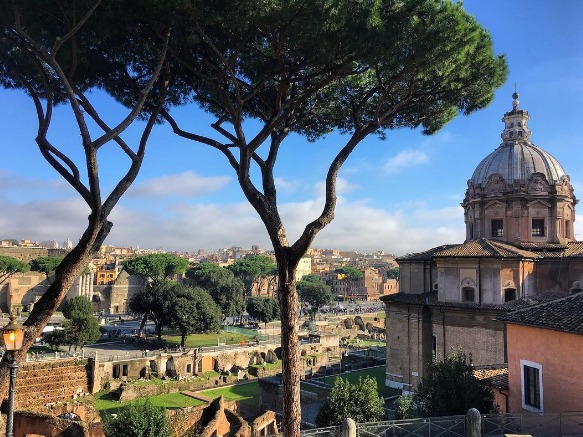
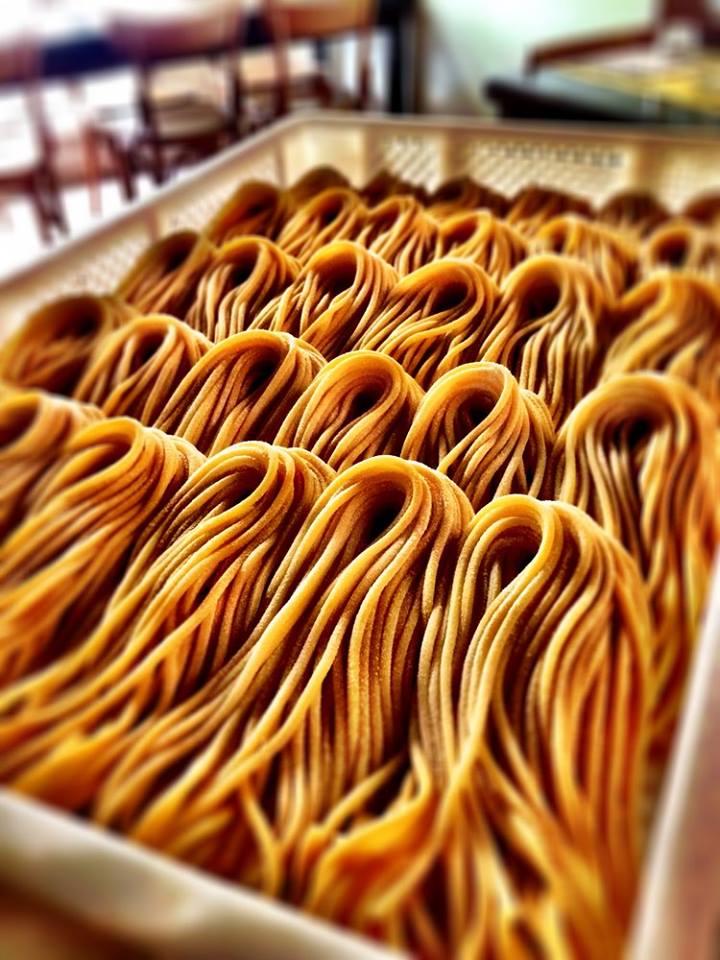
What are the do’s and don’t in Rome
Here are some do’s and don’ts to keep in mind during your visit to Rome:
Do’s:
Do dress modestly when visiting churches and other religious sites.
Do learn a few basic Italian phrases, such as “buongiorno” (good morning) and “grazie” (thank you).
Do carry a refillable water bottle and refill it at one of the city’s many public drinking fountains.
Do try traditional Roman cuisine, including pasta dishes like carbonara and cacio e pepe, as well as delicious gelato.
Do respect the city’s history and culture, and take time to learn about the city’s rich past and traditions.
Don’ts:
Don’t wear revealing clothing when visiting churches or other religious sites.
Don’t throw coins into fountains or other public areas – it’s considered a form of vandalism and can result in a fine.
Don’t feed or touch the pigeons in public areas – they can carry diseases and are considered a nuisance by locals.
Don’t take public transportation without a valid ticket – ticket inspectors are common and fines can be steep.
Don’t try to cram too many activities into one day – take time to relax and enjoy the city at a leisurely pace.
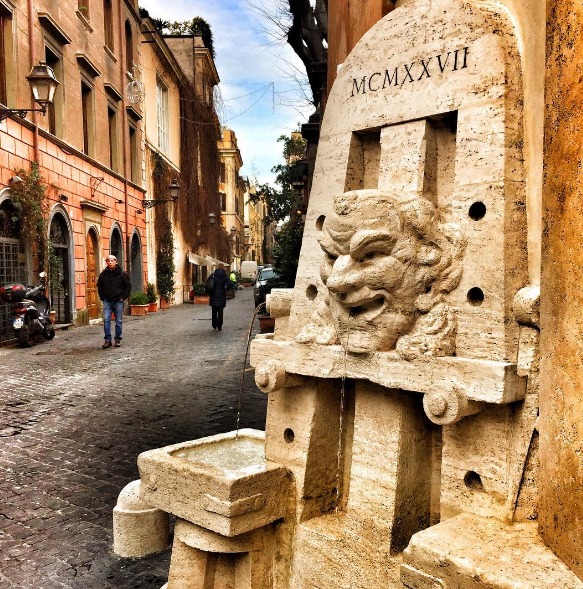
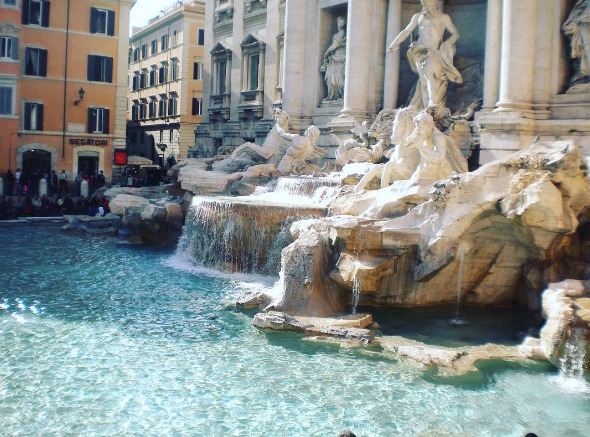
Shopping, taxes and tips
When shopping in Rome, you can expect to pay a value-added tax (VAT) of 22% on most goods and services. This tax is included in the price of the item or service and is non-negotiable. However, if you are a non-EU resident, you may be eligible for a VAT refund on certain purchases. To qualify for the refund, you must spend a minimum amount at a single store and fill out the necessary paperwork.
When paying for food in Rome, service charges are typically included in the bill, so there is no need to leave an additional tip. However, it’s common to leave a small amount of change or round up to the nearest euro as a gesture of appreciation for good service. If you’re dining at a high-end restaurant or receiving exceptional service, you may want to leave a larger tip of around 10% of the total bill.
It’s worth noting that some restaurants may charge a “coperto” fee, which is a cover charge for bread and other table items. This fee is usually a few euros per person and is non-negotiable. Some restaurants may also charge a “servizio” fee, which is a service charge. However, this fee is typically only charged at touristy restaurants and is not common in most local establishments.
When shopping or dining in Rome, it’s always a good idea to check the bill to see if service charges or other fees have been added. If you’re unsure about what’s included, don’t hesitate to ask your server or the shopkeeper for clarification.
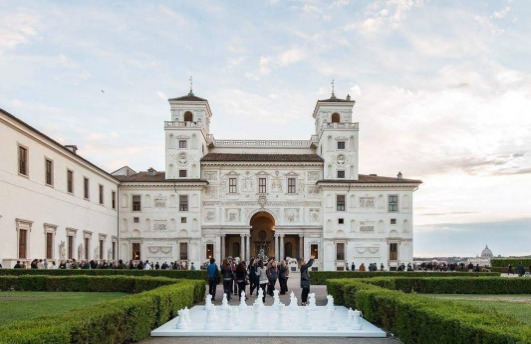

3 days in Rome
Here is a suggested 3-day itinerary for visiting Rome:
Day 1:
Morning: Start your day with a visit to the Colosseum, one of Rome’s most iconic landmarks. Explore the ancient ruins and learn about the history of this incredible structure.
Afternoon: After visiting the Colosseum, head over to the nearby Roman Forum and Palatine Hill to see more ancient ruins and learn about the history of ancient Rome.
Evening: End your day in the charming neighborhood of Trastevere, known for its picturesque streets and lively atmosphere. Enjoy a meal at one of the many restaurants in the area, or simply stroll around and take in the sights.
Day 2:
Morning: Start your day with a visit to the Vatican City, home to some of the world’s most famous art and architecture. Explore St. Peter’s Basilica, the Vatican Museums, and the Sistine Chapel.
Afternoon: After visiting the Vatican, head over to the nearby Castel Sant’Angelo, a stunning fortress that has served as a mausoleum, castle, and prison throughout history.
Evening: End your day with a visit to the Trevi Fountain, one of Rome’s most famous landmarks. Throw a coin into the fountain for good luck and take in the beauty of this stunning Baroque masterpiece.
Day 3:
Morning: Start your day with a walk through the beautiful Villa Borghese park, home to stunning gardens, fountains, and art. Visit the Borghese Gallery to see some amazing artwork, including works by Bernini and Caravaggio.
Afternoon: After visiting the Borghese Gallery, head over to the Pantheon, a stunning ancient temple that’s over 2,000 years old. From there, explore the nearby Piazza Navona, one of Rome’s most beautiful public squares.
Evening: End your day with a walk through the charming streets of the Monti neighborhood, known for its trendy shops, art galleries, and restaurants. Enjoy a meal at one of the many local eateries, or simply stroll around and soak up the lively atmosphere.
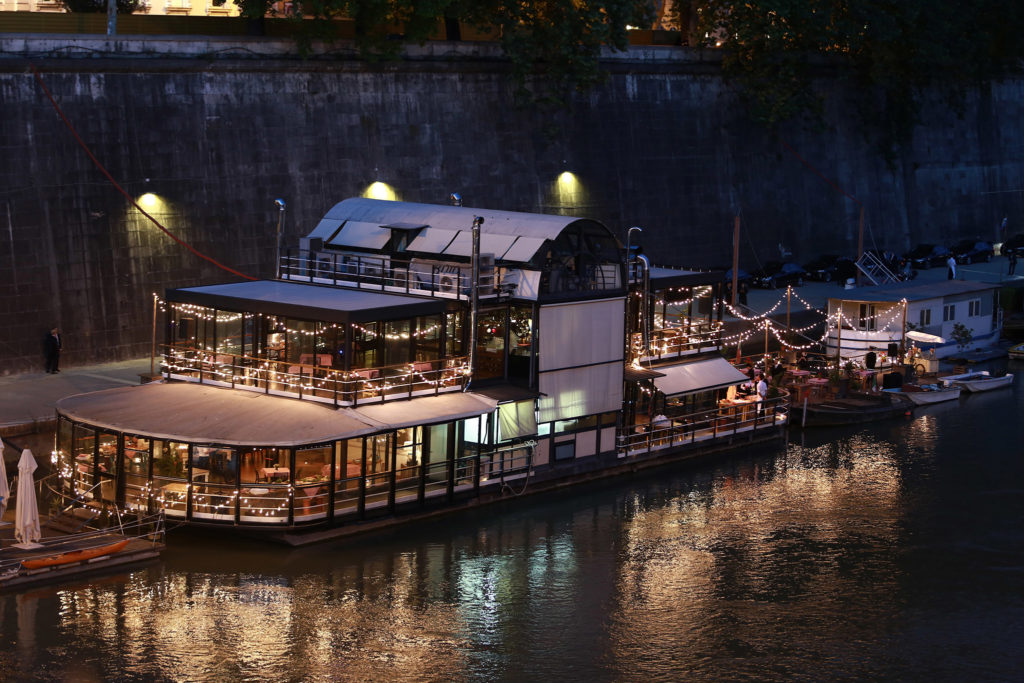
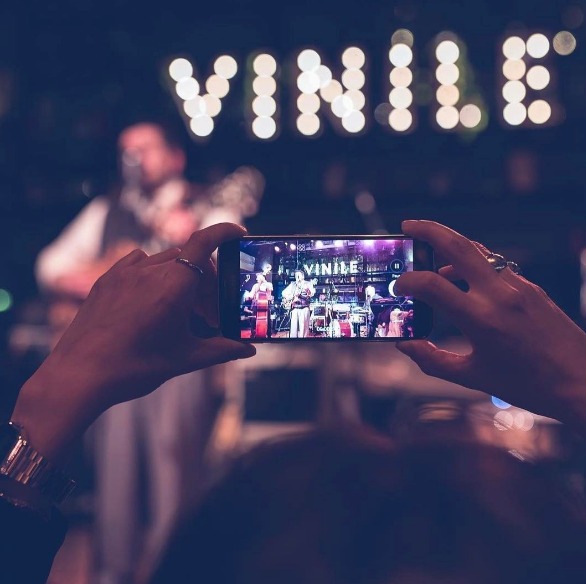
–
Check our other travel guides.